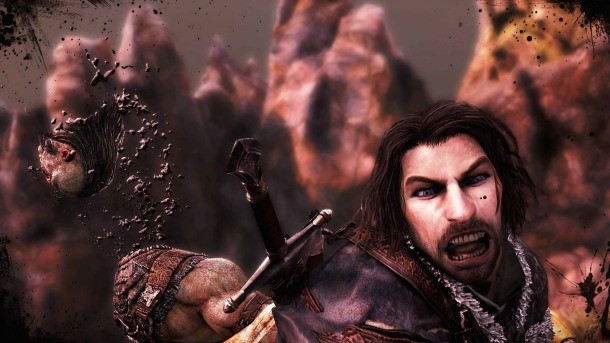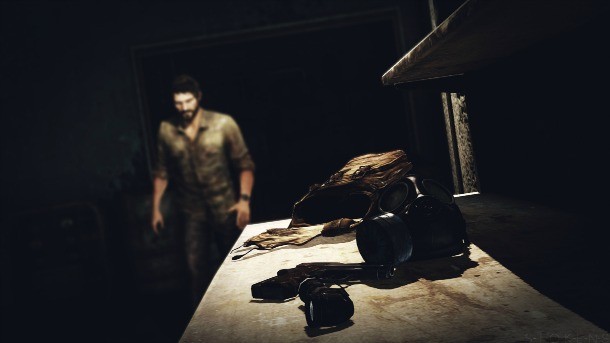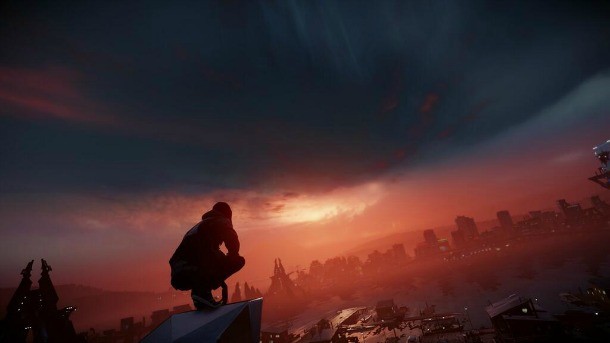Please support Game Informer. Print magazine subscriptions are less than $2 per issue
Game-By-Frame: The Importance Of Photo Mode In Games

If a pixel were worth a thousand words, then you could spend weeks reciting anywhere between 900 million and 2 billion words for every frame of a game on your HDTV. Luckily, you don’t have to: photo mode says it all for you.
For context, photo mode is a function in some video games that allows players to pause the on-screen action and zoom, pan, and tilt the scene before snapping a screenshot. Games have done it with varying degrees of depth – Super Smash Bros. Brawl had a camera mode, Forza 5 features one, and Pokémon Snap is literally one big photo mode – but the feature has come into its own with the turn of this console generation, which allows for a wider set of tools for the budding game photographer. Infamous: Second Son, The Last of Us Remastered, and Middle-Earth: Shadow of Mordor all boast robust photo modes that include free-flying camera movement, depth-of-field options, social media integration, and more.
Photo mode is an anomaly. It’s not really a “part” of a game; it is its own entity among – but apart – from neon-harnessing and sword-swinging mechanics. It also doesn’t necessarily affect the game in the way that, say, fiddling with dials on the settings screen might. Then again, it’s not a child separate from its parent; it’s enclosed in the game, and using it necessitates being in the game. It doesn’t add value to gameplay, but it adds value to the product as a whole.
Despite its status as strange artifact, photo mode is a positive portent of the evolving interactivity of video games. It gives the player even more creative control over the game they’re playing, providing another way to interact with the game. Photo mode in its current incarnation is a novelty, but it could be integrated into gameplay in a number of ways limited only by the developer’s imagination.
The greatest thing about photo mode is that you can ignore it entirely and lose nothing from the core game. Inasmuch as it’s been implemented in the current gen, it’s sod on the outermost strata of the gaming experience onto which it’s tacked. It opens up new possibilities and new ways of experiencing the game without forcing the player to engage. What you get out of photo mode is only as much as you’ll put into it.

Photo credit: stokens
“You don’t take a photograph. You ask, quietly, to borrow it.” That unattributed quote is true of video game photography, as well: in essence, photo mode lets us borrow little bits of the game we’re playing. It’s another way for gamers to apply themselves to the game without necessarily playing it. As games become more and more graphically impressive, and as the hardware on which they run becomes more and more familiar to developers, gamers can utilize photo mode’s breadth and depth to document their time with a game.
Photo modes can even appeal to non-gamers. For example, early this year, Time magazine assigned Ashley Gilbertson, one of their war photographers, to play The Last of Us Remastered to see what he could do with the game’s photo mode. It’s a tool that anyone can have fun with, but can also produce great art in talented hands, like Bob Ross's horsehair brush or Banksy's spray paint.
In addition to being a neat feature, photo modes also hold a lot of promise for interesting application in the future of game design. Even if they’re not a fully-integrated feature today, it’s possible that they might factor into gameplay in future games. Remember being surprised at The Legend of Zelda: Phantom Hourglass’s sea chart puzzle? The one where you had to physically close the DS to stamp the sacred crest to the map? Photo mode holds those kinds of possibilities. It gives us tools and the freedom to use them, allowing us to experience the game in a different way, with a different focus, from a different perspective.

Photo mode impacts players because they can play with it and it impacts developers because they can use it to craft more engaging experiences with those players. It’s an example of how intuitive features of a game can change how we approach and understand it. Little ideas like photo mode inspire tomorrow’s interesting game ideas and breed evolution in the medium.
The potential applications of photo mode, when you consider its place in a game, are nearly infinite. Almost any game could feature a photo mode without taking away from the wider value of the product. Arno Dorian might be quite photogenic if you stuck a camera in his face while lining up the perfect hidden blade assassination. The ability to jump out of the first-person perspective of Call of Duty or Halo on command – even if just for a moment – wouldn’t drastically change how you play those games, but it could drastically change how you see them, if only for a single moment. The magic of photo mode is this: Beauty is in the eye of the controller-holder.










